



ISP image processing chip
In fields such as smartphones, automotive electronics, security monitoring, and industrial vision inspection, the demand for higher image quality continues to rise. To meet the needs for high resolution, wide dynamic range, and low-noise imaging, Image Signal Processing (ISP) technology has gradually become the core of imaging systems. The key device that supports this technology—the ISP image chip—plays a crucial role in today’s electronics industry. It not only determines the final imaging quality but also affects the overall efficiency of visual systems and the user experience.
1. Basic Concept of ISP Image Chip
An ISP image chip is an integrated circuit designed to process and optimize the raw signals captured by image sensors (such as CMOS or CCD). The raw data output from sensors often contains high noise, color distortion, and insufficient contrast, making it unsuitable for direct use. Through a combination of hardware circuits and algorithm modules, the ISP chip performs noise reduction, white balance, color correction, gamma correction, HDR synthesis, sharpening, and other operations. This produces high-quality images that align with human visual perception or meet the needs of downstream applications. In essence, the ISP chip serves as a vital bridge between optical signals and visual signals.
2. Functional Features of ISP Image Chip
- Real-time performance: ISP chips must complete complex image processing tasks within milliseconds to ensure smooth and real-time video output.
- High integration: Modern ISP chips integrate multiple signal processing modules, enabling the entire process from signal preprocessing to image enhancement to be completed on a single chip, reducing the complexity of external circuits.
- Low power consumption: Especially in mobile devices and wearables, ISP chips must balance performance with low power operation to extend battery life.
- Programmability and algorithm support: Some ISP chips support firmware upgrades or algorithm customization, allowing flexible adaptation to different application scenarios.
- High compatibility: They support multiple sensor interfaces and image formats, making it easier to integrate into various systems.
3. Main Application Areas
- Consumer electronics: Devices such as smartphones, tablets, and digital cameras rely heavily on ISP chips, which directly affect features such as night photography, portrait enhancement, and high-definition video recording.
- Security monitoring: In surveillance cameras, ISP chips improve image clarity and detail under complex lighting conditions, ensuring accurate capture even in low-light or backlit environments.
- Automotive electronics: ISP chips play a critical role in ADAS (Advanced Driver Assistance Systems), autonomous driving, and surround-view systems, ensuring low-latency and wide dynamic range image processing for driving safety.
- Industrial vision: In production inspection, machine vision, and automated quality control, ISP chips enable precise image processing to support automated recognition and detection.
- Medical imaging: In devices such as endoscopes, microscopes, and ultrasound systems, ISP chips enhance contrast and resolution, assisting doctors in making accurate diagnoses.
4. Development Trends
With the advancement of artificial intelligence and ultra-high-definition applications, ISP image chips are showing the following trends:
- AI integration: Future ISP chips will be combined with AI accelerators to enable intelligent image processing such as face recognition, object detection, and scene understanding.
- Higher resolution and frame rates: To support demands such as 8K video and AR/VR applications, ISP chips will need stronger parallel processing capabilities.
- Low power and miniaturization: The rise of IoT and wearable devices requires ISP chips to be further optimized for size and power consumption.
- Open ecosystem: More manufacturers are opening ISP interfaces and algorithm tools, enabling developers to quickly implement customized image processing solutions.
5. Conclusion
As the core device in the image processing chain, the ISP image chip directly determines both the quality and efficiency of imaging systems. From consumer electronics to security monitoring, from automotive electronics to medical imaging, its applications span nearly all visual-related fields. In the future, with the widespread adoption of AI, ultra-high-definition, and smart applications, ISP image chips will no longer be just simple image processors but will evolve into key engines and enablers of intelligent vision. Their ongoing innovation and progress will drive the electronics industry and visual technologies to new heights.

Please contact us if the source is mislabeled or violates your legal rights.
We will promptly correct and delete, thank you.
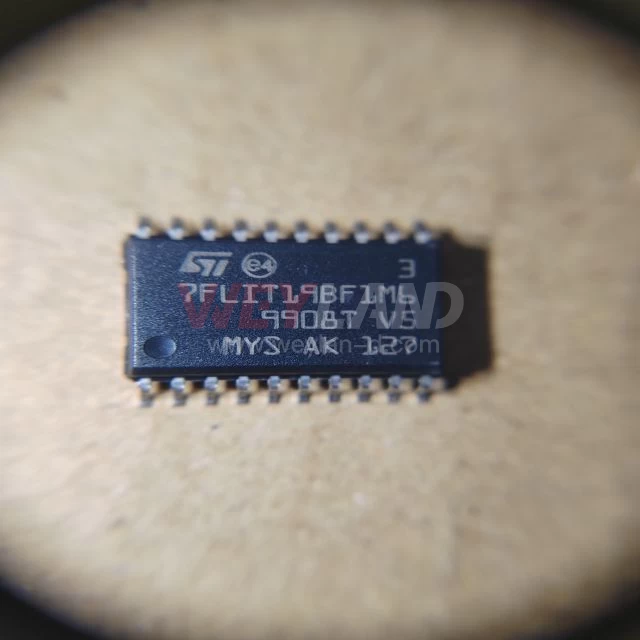
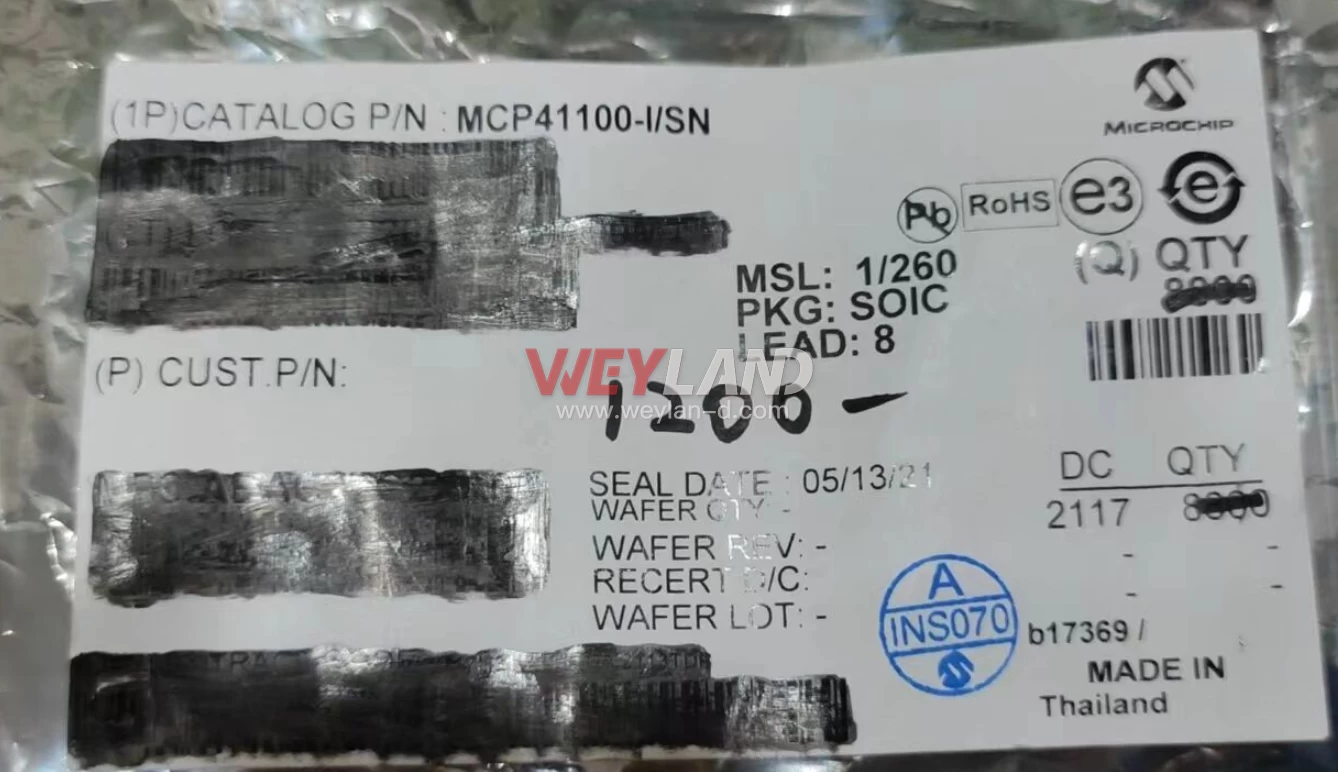

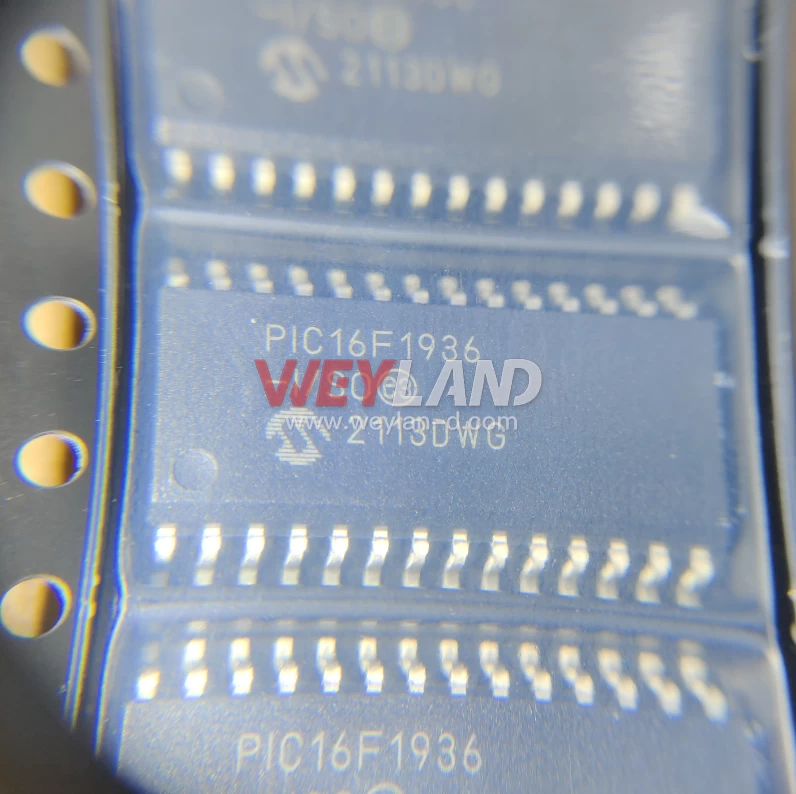

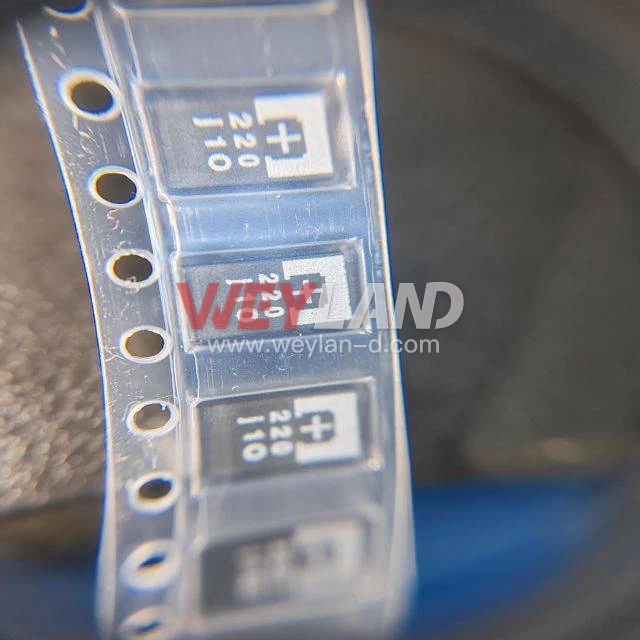
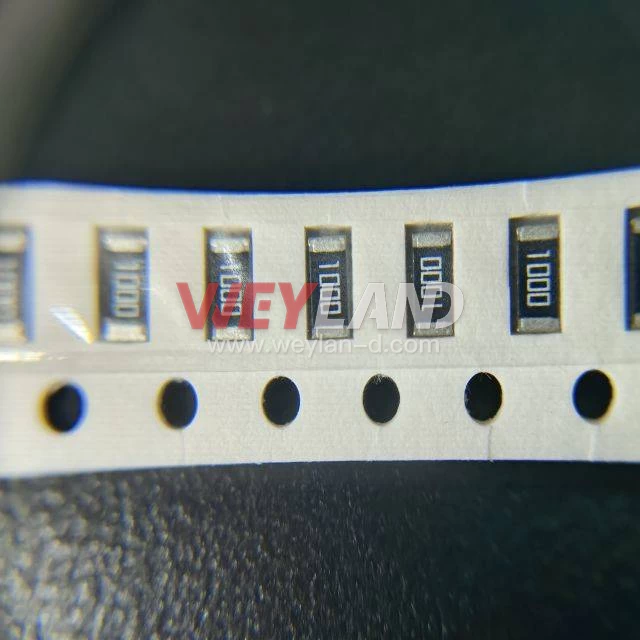
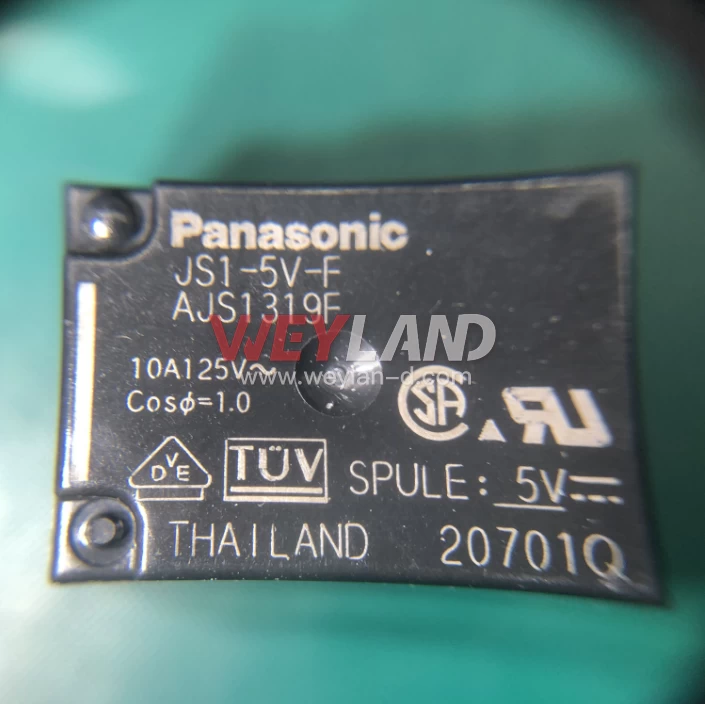
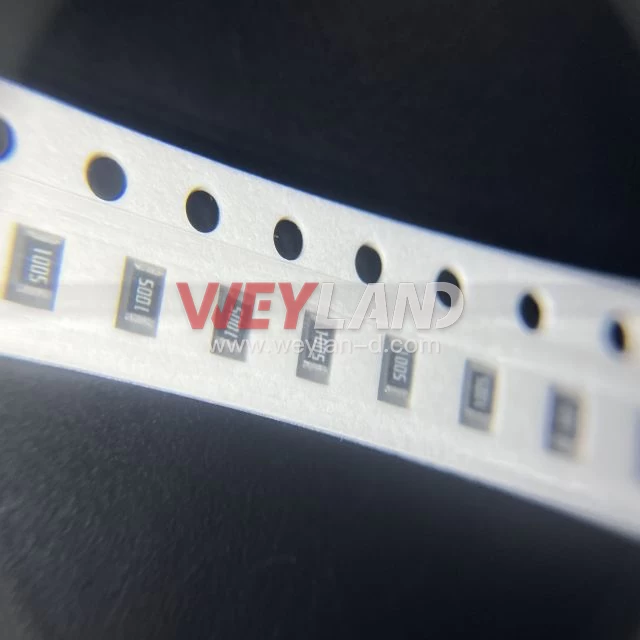
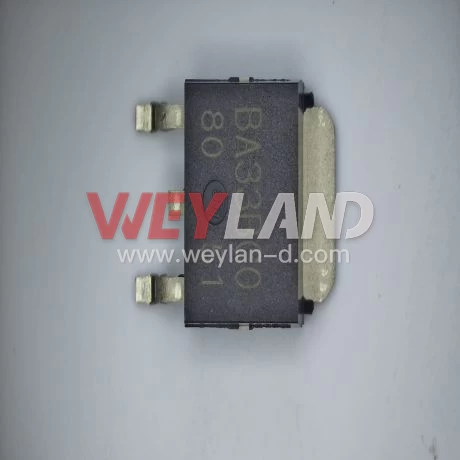
.9246509.png)












[email protected]
7500A BEACH ROAD #04-307 THE PLAZA SINGAPORE (199591)
RM 705.7/F.FA YUEN COMM BLDGNO.75-77.FA YUEN STREET.MONGKOK.KLN.HONG KONG
